Web development has become enormously crucial within the last few decades due to its multiple frameworks for front-end and back-end. Due to these frameworks, websites have become more innovative and more advanced. The development of browsers takes place due to advancements in web development. Nowadays, the versions of different headless browsers are available to interact with the website without any User Interface (UI).
Website development steadily depends on the testing mechanisms for quality checks before moving them into the production environment. Before deploying the complex website anywhere, a complex structure is required for test suites. As there is no overhead of any UI, the testing time needed for the web development is significantly minimized due to headless browsers. Headless browsers save most of the time as we can test multiple website pages in lesser time.
This blog will learn about scraping different websites with headless browsers. Before website scraping, let discuss the headless browsers in more detail. Moreover, if you have any concerns about the laws and legitimacy of web scraping, you can clear them.
Overview of Headless Browser

The Browser without any User Interface is called a headless browser. The headless Browser has all the features and capabilities of rendering a website like any other standard browser. The command-line utility needs to interact with the Browser as there is no user interface available; we can use these headless browsers for tasks like automation testing.
Different vendors have offered HtmlUnit and PhantomJS headless browsers capabilities for a very long time. Chrome and Firefox are also offering versions of their headless browsers. These headless browsers are fast, more flexible, and highly optimized in doing tasks like website-based automation testing. As there is no overhead of any user interface, headless browsers are more appropriate and helpful for automated testing as we can do these tasks more quickly in lesser time. Therefore, there is no need to install any other browser for headless features.
Utilization of Headless Browser
Web page testing is the most common use-case for headless browsers as they can understand Html pages and interpret them as any other browser. Headless browsers represent different styling elements like fonts, layouts, colors, etc.
Automation

Headless browsers are used for automation tests like forms submission, keyboard inputs, and mouse clicks. It saves the time and effort that includes automation in any part of the software delivery that consists of all the development, installation, quality assurance, etc.
Testing Layout
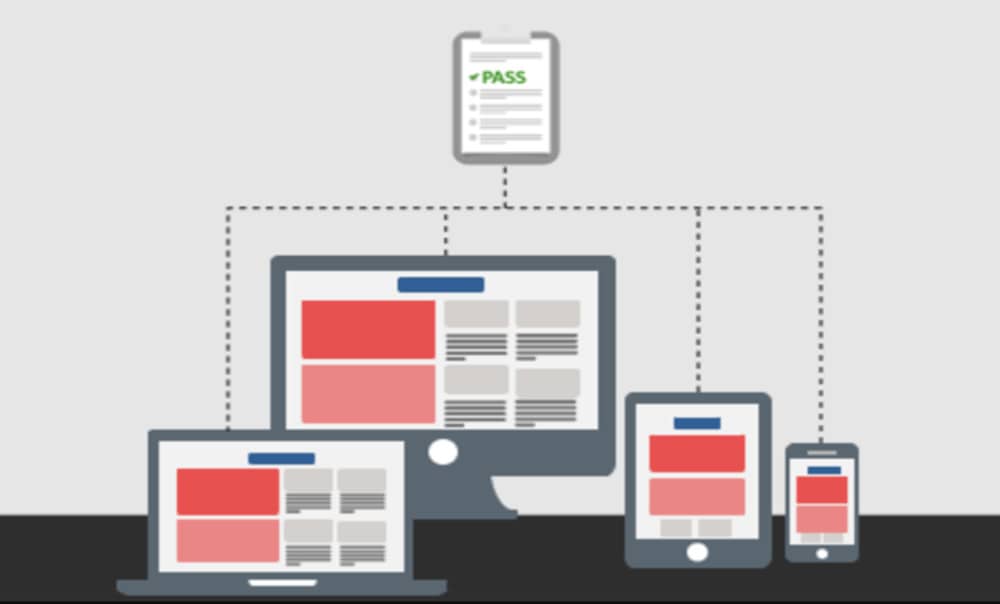
Like areal browsers, headless browsers can render the elements of Html and CSS used for layout checks. To test the layouts, developers often use headless browsers to automate the screen captures. For instance, to detect the width and elements coordinates of the default page. Selection testing can also be done through headless browsers and AJAX and JavaScript execution for different parts.
Functioning/Performance
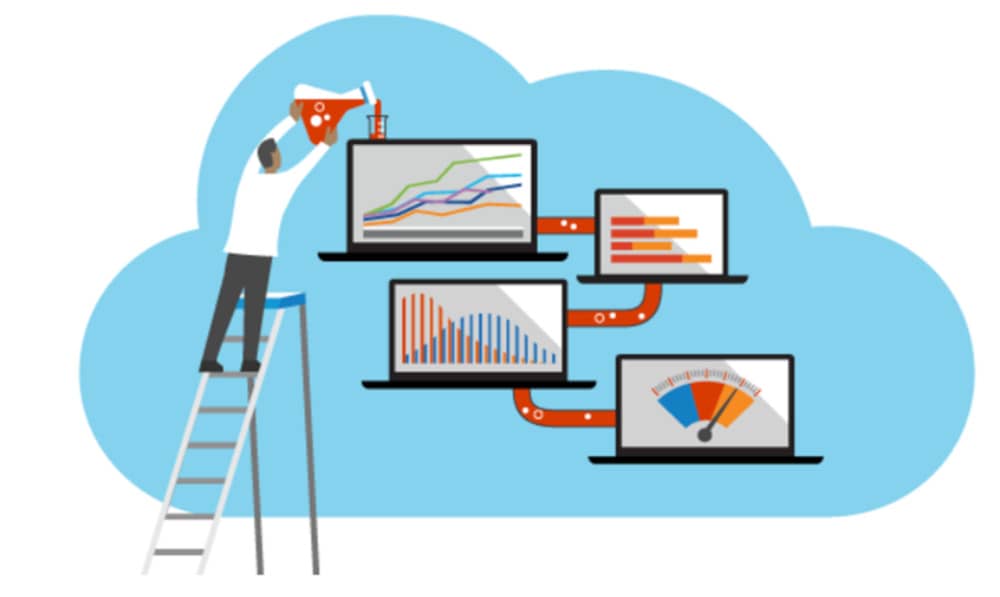
Headless Browsers are used to test a website’s performance and can be quickly tested by using a Headless Browser. After all, the website loads very promptly by a browser without GUI. The command line can be used to test the performance of the tasks that do not need the interaction of the user interface and to refresh the website pages manually. As we know that a headless browser saves time and effort, there is another notable thing about these browsers: they can only be utilized for small performance tasks, for example, log-in tests examination.
Extraction of data

There is no need to start a website for web scraping and data extraction with a headless browser. Headless browsers can be very helpful as they quickly allow navigation and public data collection.
With Crawlbase’s Web Scraping API, you can scrape HTML along with its complete structure and not worry about getting banned, slow speeds, server downtime, proxy rotation, or any other hassle like Captcha-solving as the advanced AI helps you with all the modern tools you need to get things done on time.
You can then store the scraped data and screenshots on the cloud with Crawlbase’s cloud storage and search the scraped data whenever needed from the secure database without getting another solution just for that purpose. The Cloud Storage is an easy-to-use, scalable service that stores your data on our secure cloud.
How Headless Browsers Help in Web Scraping and Data Extraction
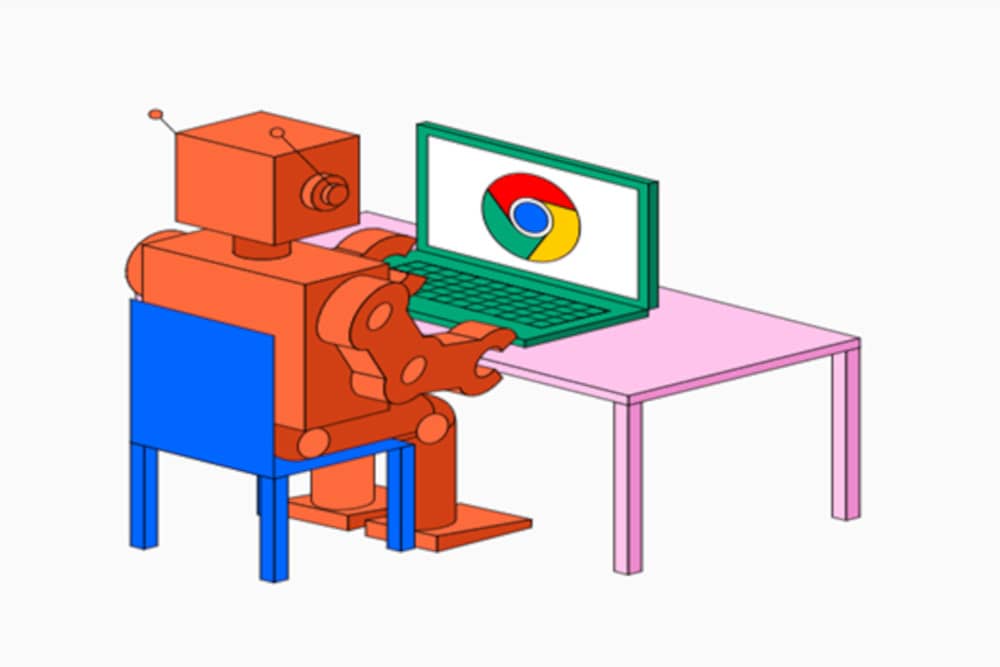
Headless browsers are likewise inappropriate or irrelevant to a project’s success in web scraping. It entirely relies on the website that you want to scrape. We do not need Headless Browsers if that target website doesn’t use JS-based tracking methods to block the website’s scrapers or entirely depend upon the JavaScript elements to display the content. In such instances, libraries like Beautiful Soup and Requests or regular web scraping apps will be appropriate and perform the job much faster and less complexity.
Although, a headless browser will be best and appropriate for data extraction if you want to scrape data nested in JavaScript or dynamic AJAX pages because regular HTML scrapers don’t involve such functionality to extract the full page of the website a real user.
Benefits of Headless Browser
There are different choices present from which you can decide whether to use a headless browser for web scraping or not. Some of the essential options are as follows;
Headless Browser With Selenium
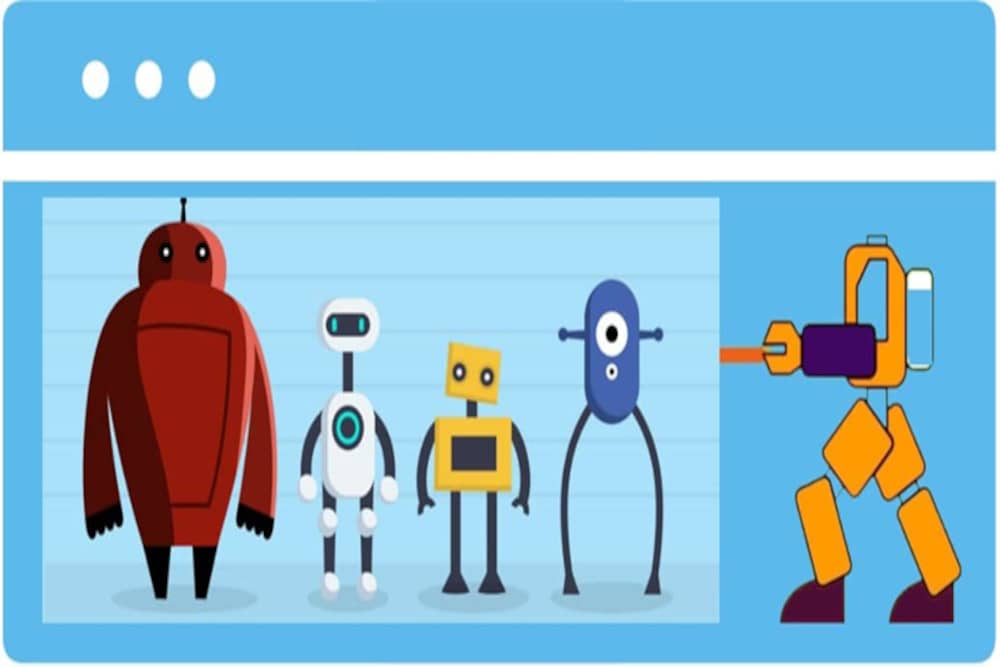
Selenium, an open-source tool for animation, is used to do automated tests and web scraping. The scripts for all the main browsers like Chrome, Opera, Safari, Firefox, Edge, etc., are written by this tool in multiple programming languages like Java, Ruby, Python, and C#. Selenium isn’t much quicker and developed for web scraping, it’s a known tool for controlling the headless Browser.
Headless Browser with Headless API - Playwright
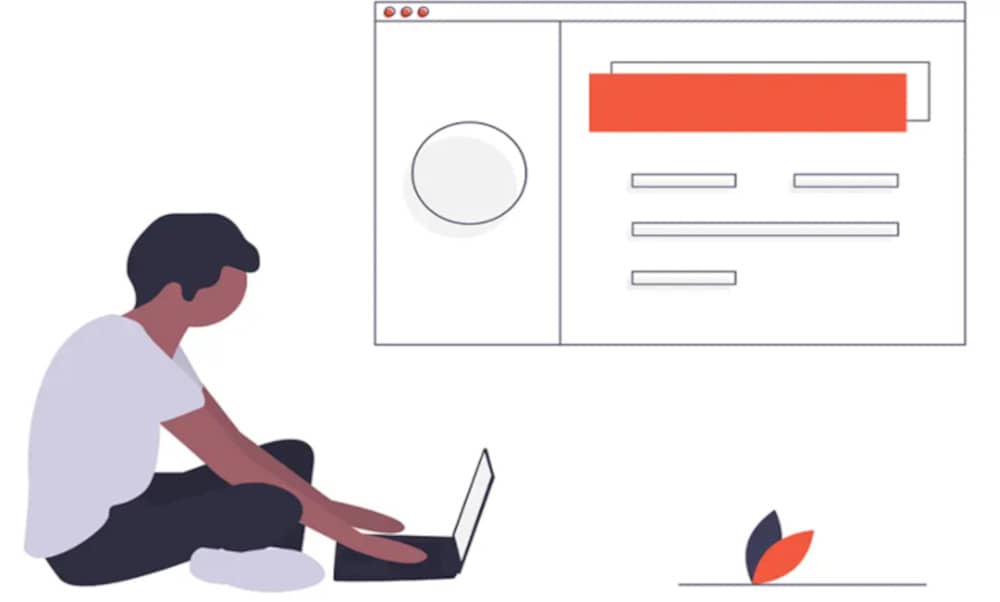
Playwright is a new node.js library that Microsoft maintains to control the headless browsers. This library’s main advantage is that it can emulate all three main browsers like Chrome, Firefox, and WebKit. The Playwright provides support for the navigation of the website page, uploading and downloading data, inputting events, and more.
Headless Browser With Puppeteer
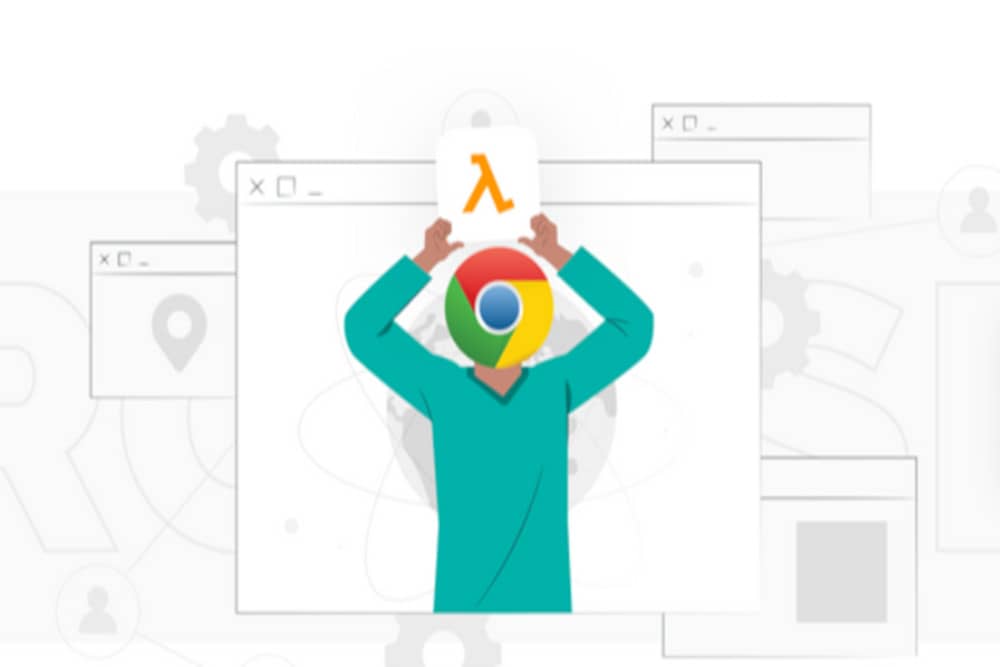
Puppeteer is a node.js library built by Chrome developers for controlling headless Chrome browsers and a Firefox Browser. It is a well-kept library and has good compatibility with its puppet browser. A puppeteer is used for clicking on elements, scraping website pages, using proxies, data downloading, etc. The puppeteer has become the most popular choice for controlling headless browsers in web scraping.
Usefulness of Headless Browser

- The main benefits of using headless browsers are as follows;
- Headless browsers are used with machines with no GUI, such as Linux (an operating system without GUI). It has no interface to display and is executed through the command line.
- It is used to ensure the execution of all the tests successfully line by line without viewing anything.
- Headless browsers are preferred to use where there is a need to execute the parallel tests as UI-based browsers occupy a lot of resources and memory.
- Headless browser testing can be used with cross-browser testing and perform regression testing with continuous integration.
- Headless browsers are also best used to simulate multiple browsers on a solitary device or run test cases to create data.
- Headless browsers are much faster as compared to Real Browsers
Drawbacks of Headless Browser

- As advantages, there are still some disadvantages of headless browsers as well.
- As advantages, there are still some disadvantages of headless browsers as well.
- Sometimes, it may be difficult to debug the issues due to fast page loading.
- Accurate Browser testing involves performing test cases in the existence of GUI. As these tests are performed during the user’s presence, it is easy to interact directly with the team to discuss if any changes or corrections are required, and that’s where we cannot use Headless Browsers.
- As there is no GUI available in the Headless Browsers, It is challenging to report the bugs or errors with the help of screenshots because screenshots represent the defects which is a must in testing.
- Using Headless Browsers can be challenging where there is a need to debug multiple browsers.
Examining Test For Web Applications

To check the flow of an application, the end-to-end methodology is used to test whether the app is performing according to the design from beginning to end. The main reason to perform this test is to ensure that the information passed between the system and various components is accurate. A headless browser is best to follow this use case as it enables quick web testing using CLI.
• Website Scraping
Headless Browser is best for scraping websites faster due to the absence of the UI. Using a headless Browser, the scraping mechanism can easily be utilized to extract the website’s data more efficiently.
• Screen Capture / Screenshot the Website
As headless Browser does not represent any GUI, users can easily take snapshots that they are rendering from the websites. Headless browsers brilliantly assist in automation testing, the effects of the visual code on the website, and the results can be stored in screenshots. By using headless browsers, you can easily take multiple screenshots without any actual UI.
• Delineate the journey of a user across the websites
Those organizations can perform far better than their competitors, who provide excellent customer services to their clients regularly. By using headless browsers, you can run programs depicting customer journey test cases to enhance the user experience throughout decision-making on the website.
Hindrance of Headless Browsers

- The testing of headless browsers has its limitations as well. Some examples are discussed below;
- When using the browsers in a headless environment, the developers’ main focus during the test is to fix bugs. Although, don’t forget those visitors who hardly visit the website with the headless Browser. So, focus on the issues and deal with them regularly and efficiently by making them a priority.
Concluding Remarks
Rather than utilizing humans to interconnect along with copying information from your targeted website, you can quickly tell the headless Browser about what to get and where to go on a website page by using a headless browser. By using this method, you can quickly render the page and get the information from the website that you require.
With Crawlbase, you can utilize the web scraping API and scrape the usefulness of the test screens in headless mode. This is only useful for testing where you need to keep a record of the test and maintain it on a regular basis for future references.
These headless browsers work much faster than those regular browsers as they do not need to load all the content contributing to the user experience. Because of the faster speed, these headless browsers are often used to test the web page. They were also employed in trying different automation tasks of the website, Its layout, performance, etc. Headless browsers are also used for data extraction. The most common browsers such as Firefox and Chrome are also available in headless mode. Due to the limitations of headless browsers, regular browsers are used for certain testing.









